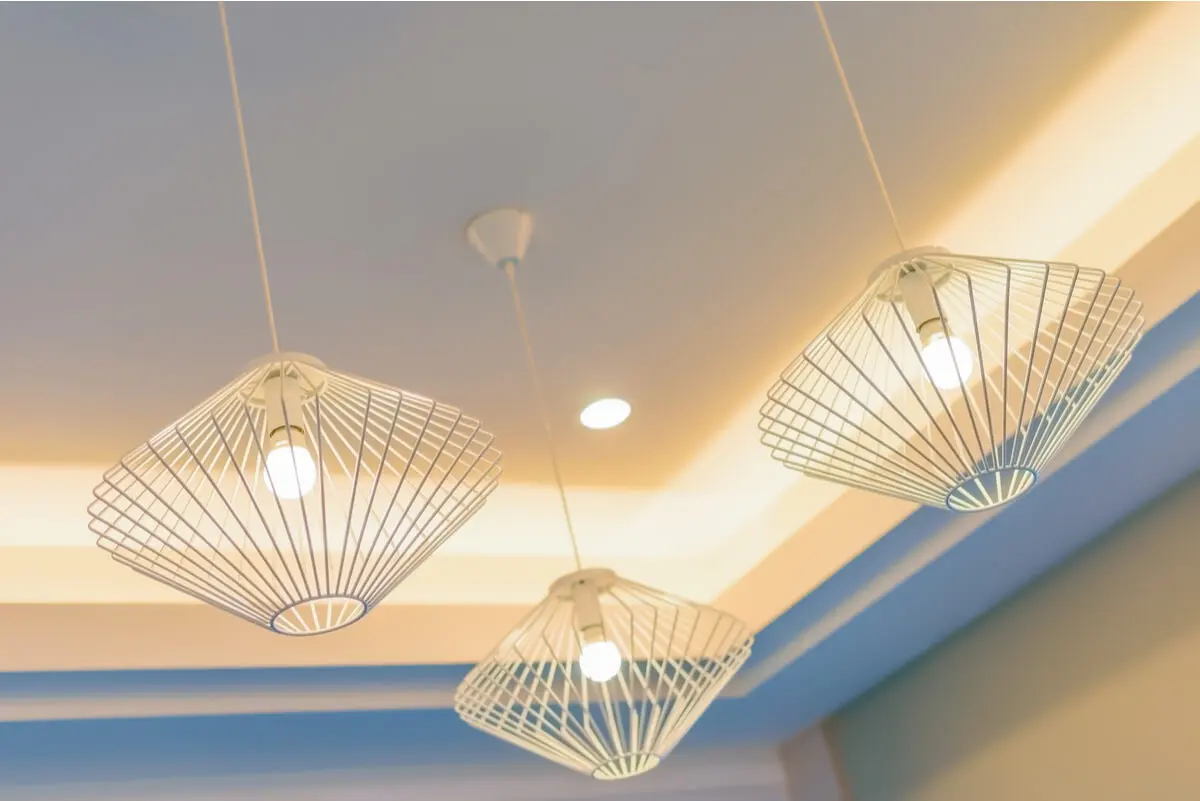Decorating Tricks to Reduce Electricity Consumption

Sometimes it’s difficult to reconcile costs and tastes, but today’s decorating tricks can help you find a healthy balance. So, let’s take a look at some decorating tricks and tips that can actually help you to reduce your electricity consumption.
Decorating tricks to help you reduce your electricity consumption
Before we dive into the tips to reduce electricity consumption, we believe it’s important to highlight some aspects of the subject. On the one hand, the idea of reducing energy consumption is associated not only with the economic aspect, but also with caring for the environment and our responsibility for the conservation of the planet.
On the other hand, we want to emphasize that, many times, we can only begin to notice a difference in our electricity bill with a deep and conscious change of habits. In this case, the investment is zero. In fact, we can see results just with what we have at home and by adapting these tricks and tips.
1. Change your bulbs
We’re going to start with the basics: the light bulbs that you’re going to place throughout the house. Classic bulbs represent a higher consumption compared to those that have been developed in recent times.
In this sense, LED bulbs are the ones that represent less energy consumption. They provide excellent luminosity with up to 90% less consumption.
They come in many shapes and sizes, so you can surely find the one that best suits your spaces.

2. Decorating tricks to reduce energy consumption: Insulate your windows
Although you’re likely not going to change the windows to save energy, it’s worth mentioning some easier suggestions. It is important to choose a good profile – that is, that the frame is aluminum, wood, or PVC.
Opting for double glazing translates into direct energy savings. If your windows are not of good quality, heat or cold can be lost when conditioning the spaces of the house. Also, it’s not a bad idea to complement with awnings or blinds if the sun does not give you rest in summer.
We think you may also like to read this article: Homemade Tricks to Clean Glass Surfaces and Windows
3. Have false ceilings
In the case of homes that have ceilings that are too high, ceilings can be placed to lower their height and better conserve heat or cold. Whether made of plaster, wood, or PVC, the options are varied and so are the styles.
4. Update your electrical appliances
Here, we’re not going to ask you to update all of your electrical appliances, but we do ask you to take into account their energy consumption when buying new ones. Appliances have a label with letters and signs that indicate their consumption.
Try to choose those that say A+, A++ or A+++. Although they may be a little more expensive, in the long run, you will notice the savings they generate. They can spend up to 25% less than other appliances with letters B or C.
5. Decorating tricks to reduce energy consumption: Paint your walls with light colors
The color of the walls is fundamental when it comes to saving electricity. White and cream tones are the best allies of effective natural lighting. Yellows and light greens also add to the proposal.
6. Use mirrors
The best compliment to light walls are mirrors. They reflect and project the light, so they provide an excellent luminosity to the spaces. In addition, they give the feeling of a larger space.
Like this article? We think you may also like to read: 7 Tips for Decorating Your Home with Neon Lights
7. Take advantage of curtains
Curtains are a decorative element par excellence. It’s very easy to use them to your advantage.
On the one hand, they help to reduce the sun rays that enter through the window in summer, which generates warmer environments. Ideally, they should be double-layered – one thin and almost transparent, and the other thicker.
In the winter, you can remove the dark one and guarantee the passage of sun and light through the thinner one. In the summer, yo ucan ensure a dark and cool environment.

8. Decorating tricks to reduce energy consumption: Sectored lighting
If you have large spaces, it’s best to choose a form of sectored lighting to avoid having to turn on all the lights in a room if you only occupy half of it. In addition, having lamps that illuminate work or reading areas is a good idea to avoid turning on the lights in the entire room.
Habits that add to the decoration to reduce electricity consumption
There are many things that you can do to lower the cost of light that you have at home. If all the members of the family do their bit, you’ll be sure they will soon succeed in lowering your electricity bills. So, follow these tips:
- Turn off the lights in empty rooms. Although it may seem obvious, This is a habit that not everyone has incorporated.
- Place motion sensors. An alternative to the previous point would be to place motion sensors so that the lights turn on and off automatically when they detect someone’s presence.
- Opt for dimmers. Instead of the classic knobs, we suggest you replace them with dimmer knobs.
- Unplug any appliances that not using.
- Lastly, maintain an adequate temperature with air conditioners or heating, which should range between 22 and 25 degrees Celsius.
Reduce your electricity consumption by decorating in your favor
According to the Organization of Consumers and Users (OCU), many people’s electricity bills can exceed 100 euros per month – or more. And that’s just for apartments. Thus, we hope you can take advantage of these tips and that they serve as triggers for other ideas to implement at home.
Finally, the main thing is to be aware that we often waste energy without even knowing it. That’s why our suggestion is that care should start with good habits and then be translated into concrete and permanent practices.
All cited sources were thoroughly reviewed by our team to ensure their quality, reliability, currency, and validity. The bibliography of this article was considered reliable and of academic or scientific accuracy.
- Calle Vinueza, M. N. (2019). Beneficios de la utilización de la tecnología Led y su impacto en el medio ambiente.
- Dávila, M. A., & Durán, E. F. (2013). Utilización de Luminarias Led como Reemplazo de Luminarias Incandescentesy Fluorescentes: Análisis de Potencias. Revista Técnica” energía”, 9(1), 150-155.
- Gombau, C. (2019). ¡Ahorra energía!: Guía 2019. Computer hoy, (536), 34-43.
- Negrón-Marrero, P. V., Montes–Pizarro, E., Velázquez, J., & Mercado, E. S. P. (2013). Arreglos de espejos no planares para la recolección de luz solar.
- Silverman, B. (2011). Zas Es la electricidad: Zap It’s Electricity. Carson-Dellosa Publishing.
This text is provided for informational purposes only and does not replace consultation with a professional. If in doubt, consult your specialist.








